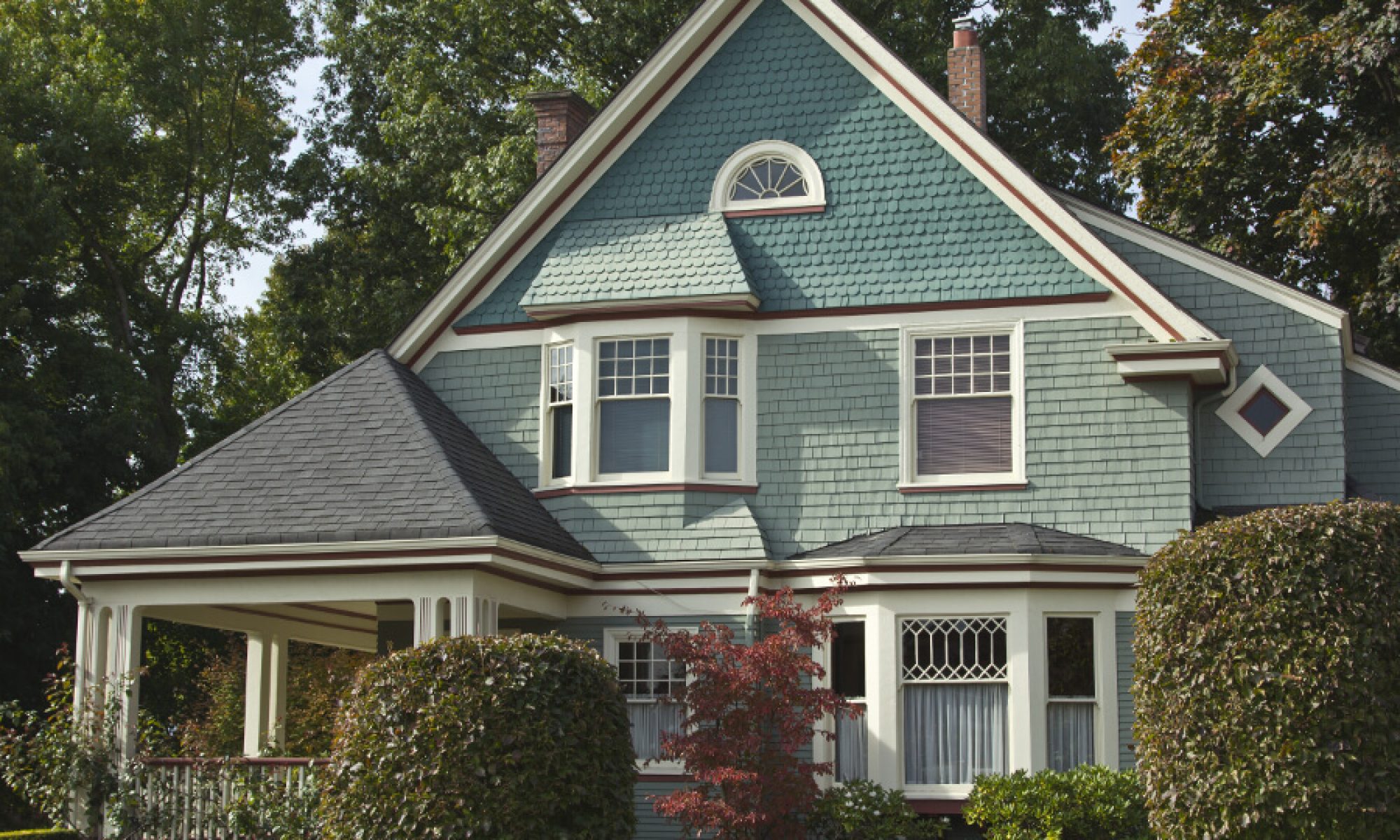Maintenance
Aluminum wiring was typically used in house construction between 1967 and 1976. The use of aluminum wiring is still accepted under the Electrical Safety Code. However, some market stigma conditions exist with this type of wiring.
FACTS
-
- Aluminum wiring has generally performed safely and adequately as long as all terminals and connectors were rated for use with aluminum wire, anti-oxidant paste was used at terminals and connections were tightened sufficiently.
-
- Aluminum wire does not conduct electrical energy as well as copper. Therefore, the wire sizes for branch circuit wiring must be increased. For example, a typical lighting circuit in a home would normally use 14 gauge copper wire with a 15 amp fuse. With aluminum wire, a 12 gauge wire is used with the same 15 amp fuse.
-
- Both copper and aluminum oxidize slightly with exposure to air or moisture. The oxidation forms a thin film of tarnish on the surface of the wire at the connection. Copper oxide is a good conductor so resistance is not increased, but aluminum oxide is a poor conductor. Resistance and heat in the wire is increased. This is why we strongly suggest anti-oxidant paste be applied at all connections.
-
- Many electricians will join aluminum wires to copper with plastic wire caps. This is not a recommended method due to the differential in thermal expansion in the two materials.
RECOMMENDED COURSE OF ACTION
-
- Have all connections in the panel and at outlets and switches checked every 2 to 3 years by a licensed electrician. Make sure all connections are secure.
-
- Unlabeled switch and receptacles are for use with copper only. These connecting devices should be replaced.
-
- All wires terminating at plugs, switches and lights should be protected with anti-oxidation paste.
-
- Since 1971, devices such as switches and receptacles have been made which are rated as suitable for use with aluminum wire. These devices have been labeled CO/ALR*. The CO/ALR* designation applies only to devices which are rated at under 30 amps. For those devices (including panels) rated at 30 amps and above, the designated marking is AL/CU*, which designates them as suitable for either copper or aluminum. It is also recommended that anti-oxidant paste be used with these devices.
-
- Watch for flickering lights, an overheated receptacle or switch, or other indications of a bad connection. This could be an early warning of badly oxidized wires. If this develops, have it checked thoroughly by a licensed electrician.

